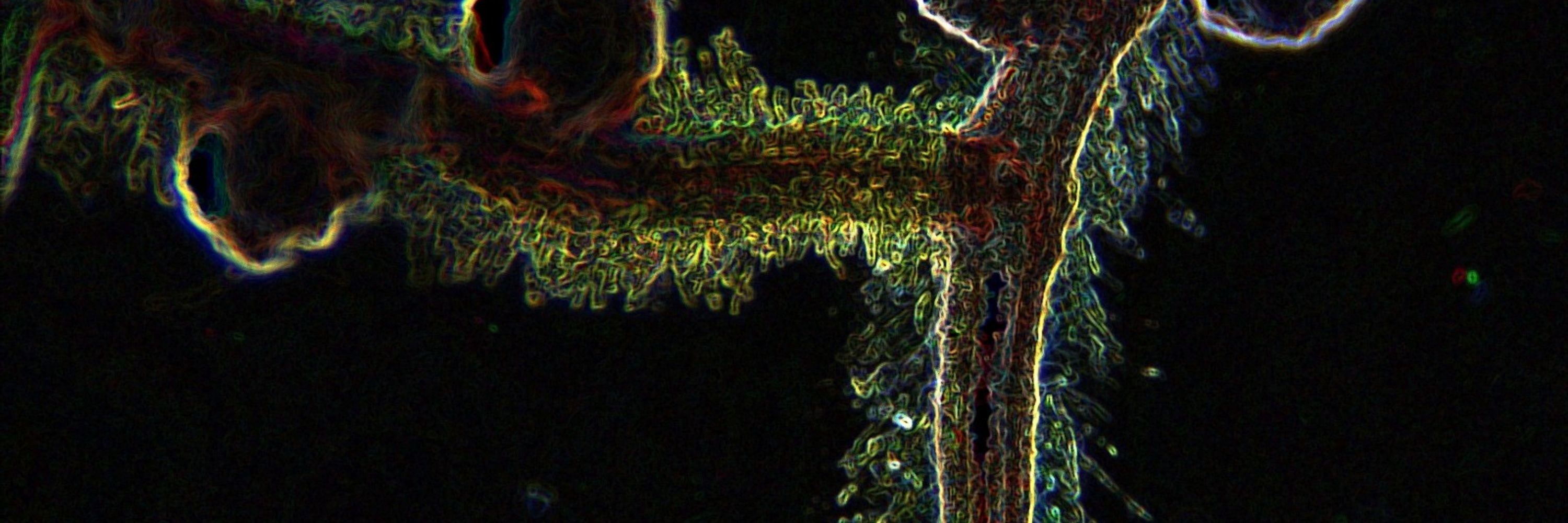Contrasting responses of rhizosphere microbial guild to nitrogen enrichment are associated with mycorrhizal plant type
Plants establish symbiotic relationships with various mycorrhizal fungi, which may represent a crucial mechanism for different modes of nutrient cycling and soil ecological processes. However, our understanding of rhizosphere-specific microbial traits—such as fungal functional guilds and bacterial life-history strategies (copiotrophic vs. oligotrophic)—at the individual mycorrhizal tree species level remains limited. In this study, we examined how N addition (47.5 g N m−2 yr−1) affects bacterial and fungal communities in the rhizosphere of two dominant subtropical tree species: Castanopsis hystrix, an ectomycorrhizal (ECM) tree species, and Phoebe bournei, an arbuscular mycorrhizal (AM) tree species. We used amplicon sequencing and ecological trait-based analyses to conduct this research. Nitrogen enrichment led to a reduction in bacterial α-diversity, favouring copiotrophic Gammaproteobacteria and r-strategists while suppressing oligotrophic groups, such as Acidobacteriia, Alphaproteobacteria, and Acidimicrobiia, along with K-strategists. Furthermore, adding N increased heterogeneity in bacterial β-diversity between mycorrhizal plant types, resulting in divergent shifts in copiotrophic and oligotrophic bacterial groups. This shift amplified community differentiation specific to the mycorrhizal plant type rather than promoting convergence. Fungal responses to N addition varied based on the host mycorrhizal plant type. In AM-associated P. bournei, N addition decreased the relative abundance of symbiotrophic AM fungi and reduced fungal α-diversity. Conversely, in ECM-associated C. hystrix, N addition suppressed both saprotrophic and symbiotrophic ECM fungi while increasing α-diversity, likely due to the growth of pathotrophic taxa. Despite these contrasting responses, N addition homogenised fungal β-diversity across mycorrhizal plant types, reducing differences among mycorrhizal-specific fungal guilds. Structural equation modelling revealed that soil N and P availability were the primary drivers of bacterial community restructuring. In contrast, fungal assemblages were impacted by both soil chemistry and root traits, notably fine root length. These findings highlight that N enrichment disrupts mycorrhizal plant type-specific microbial niche partitioning in subtropical forests, favouring copiotrophic bacteria and separating fungal communities from host identities, a potential mechanism driving ecosystem-level functional changes under elevated N deposition.





















